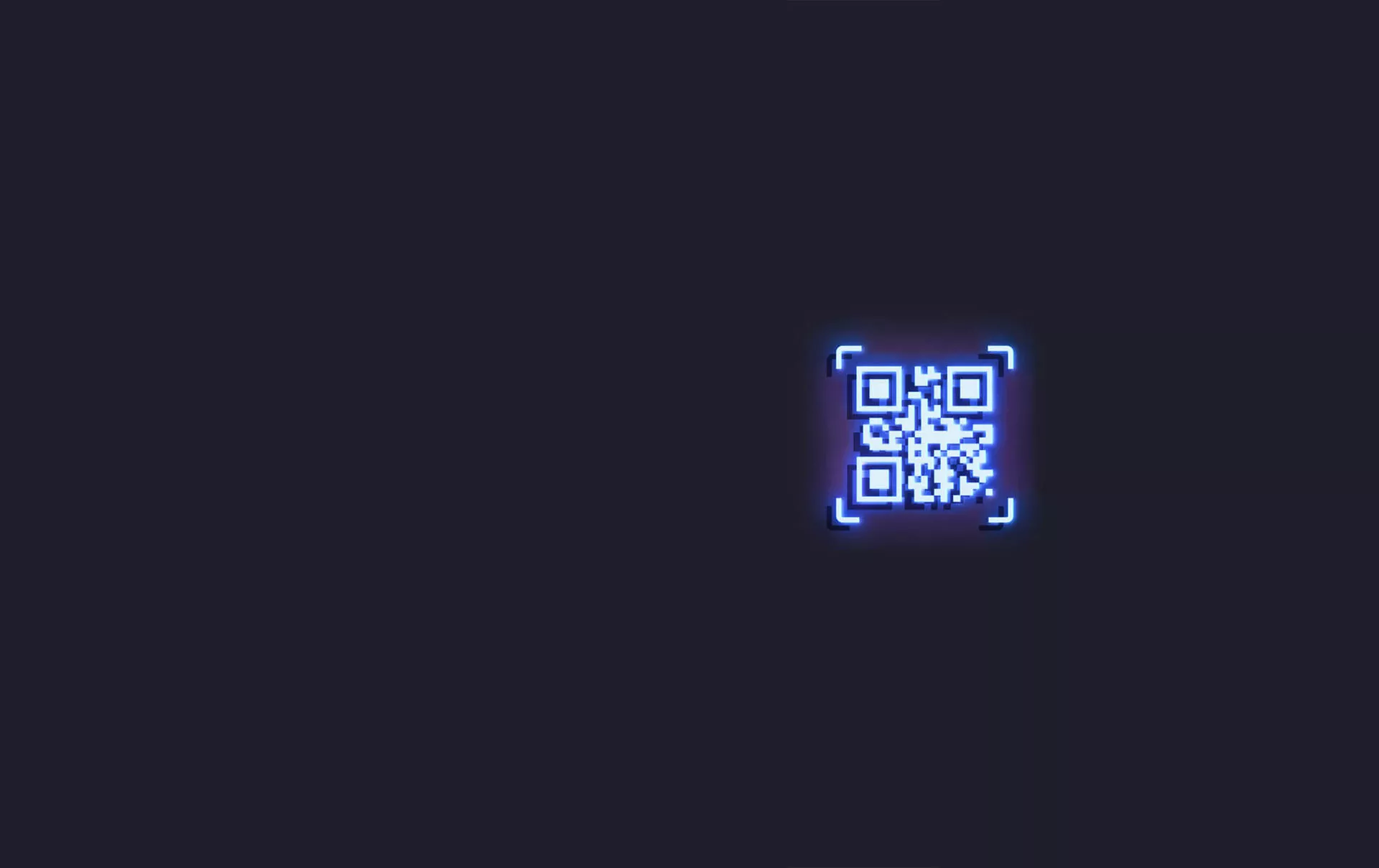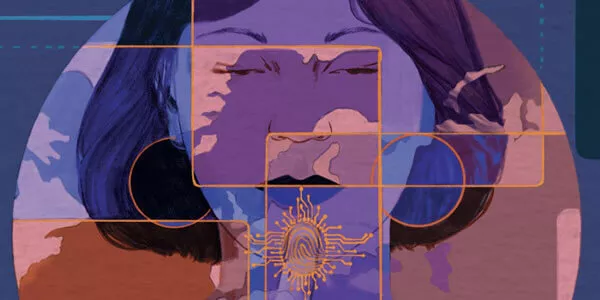
30 years ago: the first steps of the QR Code
How to create a “super barcode” that stored more data in it? The question played on the mind of Masahiro Hara for quite some time. Some thirty years ago, this engineer employed by a subsidiary of Toyota was thinking about how to lighten and speed up the work-load of workers in car factories. The entire production chain was then organised using barcodes which were used to identify the different car components. Only being able to contain about twenty alphanumeric characters, barcodes were limited in terms of quantity of information, which made it necessary to use several to carry more information. A situation that would soon be unmanageable for the staff in charge of scanning them…
As so often in the history of inventions, the solution presented itself from an unusual source. In his spare time, Masahiro Hara played “go”, a game of strategy involving white and black pieces on a grid. He realised one day that a square matrix could contain 200 times more data than a barcode by combining black and white dots. The iconic shape of the QR Code was born! But the transition from idea to reality was not without diffi culty. One problem in particular gave Masahiro Hara a hard time: getting the two-dimensional code to be recognised by a reading device. After a year of research, he found the solution in the form of the three small squares that adorn the corners of the pattern. Since 1996, the QR Code has been ubiquitous throughout Toyota factories. Released under a free licence in 1999, it rapidly spread into the food and pharmaceuticals sectors. Their use by the general public took a little longer, requiring the development of smartphones. In Japan and China, in particular, the QR Code has become democratised as a now essential means of payment.
By Matthieu Perotin, journalist.





